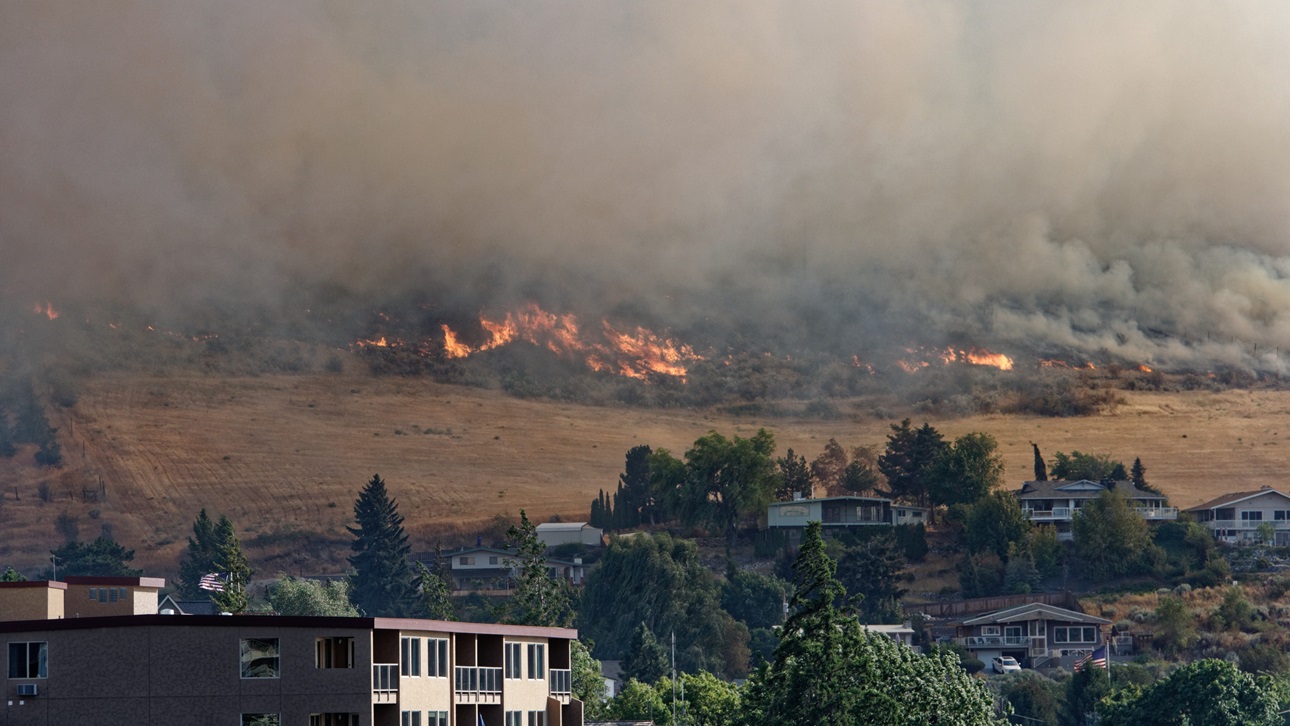Firebreak: Wildfire Resilience Strategies for Real Estate

In 2020, the United States had its worst wildfire season on record; these wildfires—as well as the catastrophic events of 2017 and 2018—are remarkable in the scale of their destruction and because many of the fires occurred in or near developed areas. Moreover, climate change is extending the fire season and making the conditions for destructive fires more likely to occur.
Firebreak: Wildfire Resilience Strategies for Real Estate details the implications of wildfires for the real estate industry and explores best practices in building design and land use policy that can reduce the damage caused by wildfires and help set communities up to thrive in the long run. The report shows real estate developers, urban planners, and public leaders increasingly are aware of the land-use drivers of wildfires, their concern about the consequences of wildfires, and how they are implementing asset and community-scale resilience efforts.
Report Summary: In 2020, the United States had its worst wildfire season on record; these wildfires—as well as the catastrophic events of 2017 and 2018—are remarkable in the scale of their destruction and because many of the fires occurred in or near developed areas. Moreover, climate change is extending the fire season and making the conditions for destructive fires more likely to occur.
Firebreak: Wildfire Resilience Strategies for Real Estate details the implications of wildfires for the real estate industry and explores best practices in building design and land use policy that can reduce the damage caused by wildfires and help set communities up to thrive in the long run. The report shows real estate developers, urban planners, and public leaders increasingly are aware of the land-use drivers of wildfires, their concern about the consequences of wildfires, and how they are implementing asset and community-scale resilience efforts.


